The best medicine? Laughter (and chicken soup)!
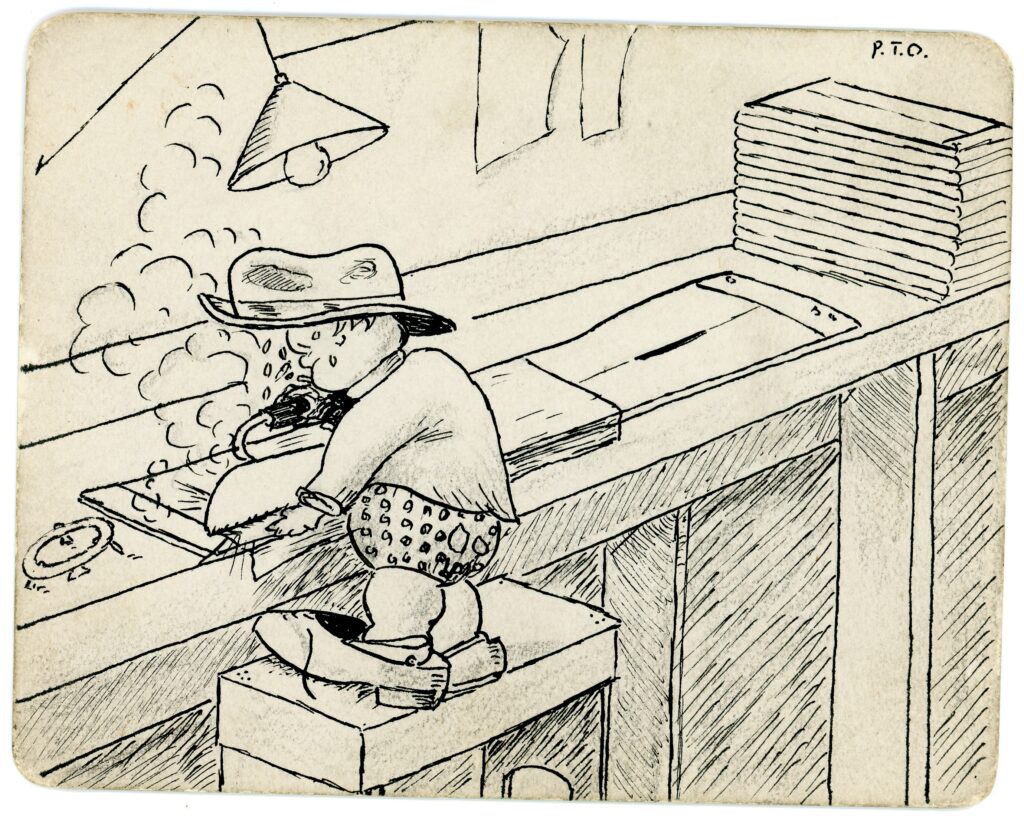 Fig. 1 – 2022.53.21. Cartoon by Toby Goldenberg of Shimshee ironing trousers, based on the primary occupation of Toby’s family.
Fig. 1 – 2022.53.21. Cartoon by Toby Goldenberg of Shimshee ironing trousers, based on the primary occupation of Toby’s family.Many people like to say that the best medicine is laughter. This begs a couple of questions: firstly, why has laughter often been held in this regard by humanity, especially in Jewish culture? Now, I do not mean to investigate how the brain processes humour; I’m no scientist. Rather, I would like to consider how aspects of one’s life can prompt them to view humour as curative. The second question is: through which techniques does Jewish humour tend to be conveyed? In order to investigate these matters adequately, we will look at two groups of what has been a significant visual medium for Jewish humour for many decades, cartoons, and compare the purposes of each group, as well as the techniques used to encourage laughter from the audience. By doing so, we will have a wider understanding of the different possible reasons for humour, and how such humour is created.
Firstly, it is appropriate to consider the background of both Toby Goldenberg and Phineas May, the cartoonists responsible for the work analysed in this article.
Tobias “Toby” Goldenberg was born in Whitechapel in June 1906, to a mother and father who both worked in the tailoring industry, a clear influence on the content in many of his cartoons, such as Figure 1, which depicts Shimshee ironing trousers. Toby had 8 siblings, 6 brothers and 2 sisters, and served in World War II. He was wounded and went to hospital in 1945, his hands suffering from severe burns, but his physical therapy was effective, made up of multiple activities: knitting, crocheting and also drawings. Thus, we can see how this injury was the catalyst of his venture into drawing humorous cartoons, which was evidently a useful means of physical and mental recovery, by drawing on his creativity and fine motor skills. Toby had always been quite different from his brothers, who took after their parents by working in their family’s garment factory, for Toby was very artistic, having even constructed models such as rocket ships in his small flat. Hence, as part of his recuperation he drew about 50 cartoons, probably in Egypt, as in a letter in Figure 2 he writes to his oldest sibling Reuben that he “may be posted to Cairo”, and these cartoons centred around a mischievous boy named Shimshee Nergiber. About 50 of these cartoons were donated to the Museum, many of them having captions in English and Yiddish, and their humour included many references to culture in the 1940s.
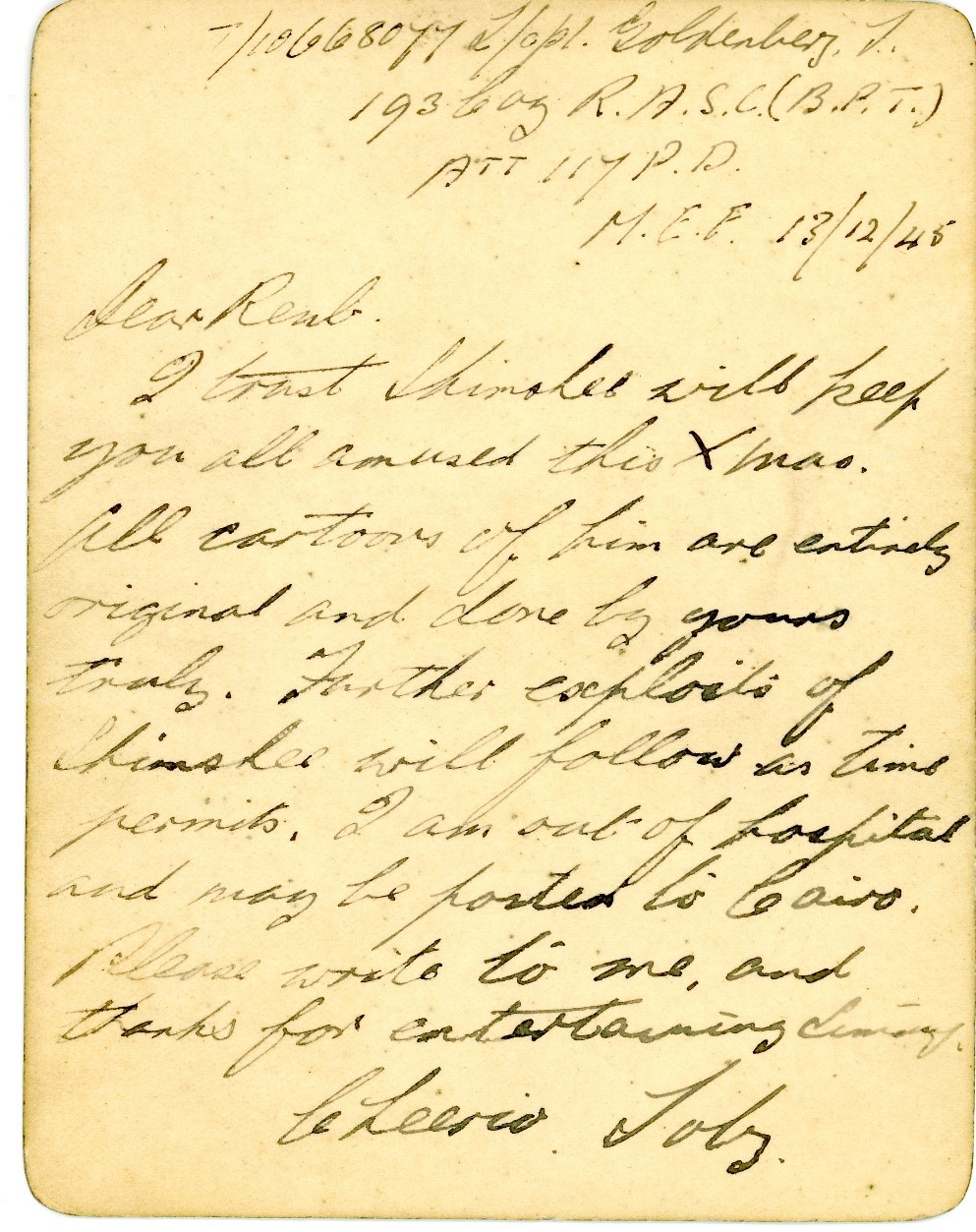
Fig. 2 – 2022.53.1. A letter Toby Goldenberg wrote for Christmas 1945 to his oldest sibling Reuven, who would then share it with the rest of the family in London.
Transcription of Figure 2:
13th December 1945
Dear Reub [short for Reuben, Toby’s oldest sibling],
I trust Shimshee will keep you all amused this Xmas. All cartoons of him are entirely original and done by yours truly. Further exploits of Shimshee will follow as time permits. I am out of hospital and may be posted to Cairo.
Please write to me, and thanks for entertaining Sammy [faded name, possibly Sammy].
Cheerio. Toby.
The other cartoonist, whose work we must contextualise, is Phineas Leopold May, who was born in Essex on 9th May 1906, only a month earlier than Toby Goldenberg – I suppose their artistic talent wasn’t their only similarity. Phineas was gifted from a young age, taking a postal course at the London School of Cartoonists when he was only 15, and studied at the Central School of Art. He became known for something unrelated to his creativity, at least directly, when in 1939 Phineas and his older brother Jonas May were put in charge of the Kitchener Camp, Phineas as Welfare Officer and Jonas as Director. This project managed to save about 4000 German and Austrian male Jews from Nazi Germany, who were to stay at the Kitchener Camp in Kent, on the condition that they would emigrate elsewhere rather than obtain British citizenship. This role would therefore allow Phineas, who organised a camp orchestra, to help the refugees cope using games and entertainment, and Phineas would therefore have a more caricatural view of Jewish customs, which undoubtedly shows in some of his cartoons.
One such example is Figure 3, in which he draws a Seder on Pesach, with the father saying to his son “Ma Nishtana – Sammy you ask me the same four questions every seder night – for heaven’s sake think out some new ones for a change!!” Following the success at Kitchener Camp, Phineas served in the British Army during World War II, yet another similarity he shared with Toby, and became the administrator of Hampstead Synagogue from 1960-1971, as well as the Custodian of the Jewish Museum until 1991. Alongside these responsibilities, which informed his awareness of the funnier aspects of Judaism, Phineas drew about 400 cartoons, which seemed to be geared towards Jews, due to their reliance on knowledge of Jewish customs and culture.
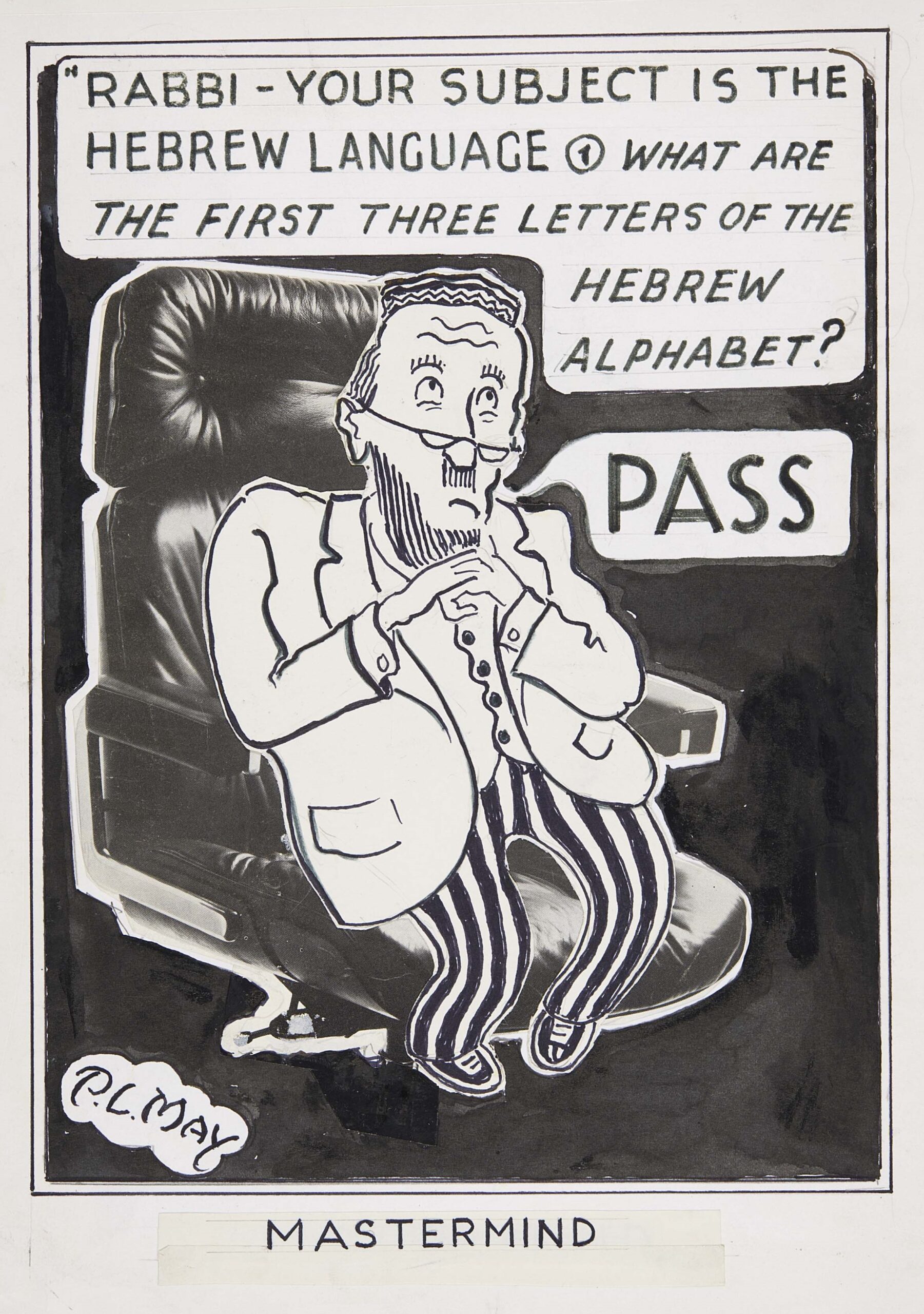
Fig. 4 – 2017.37.9. A cartoon by Phineas May depicting a Seder on Pesach.
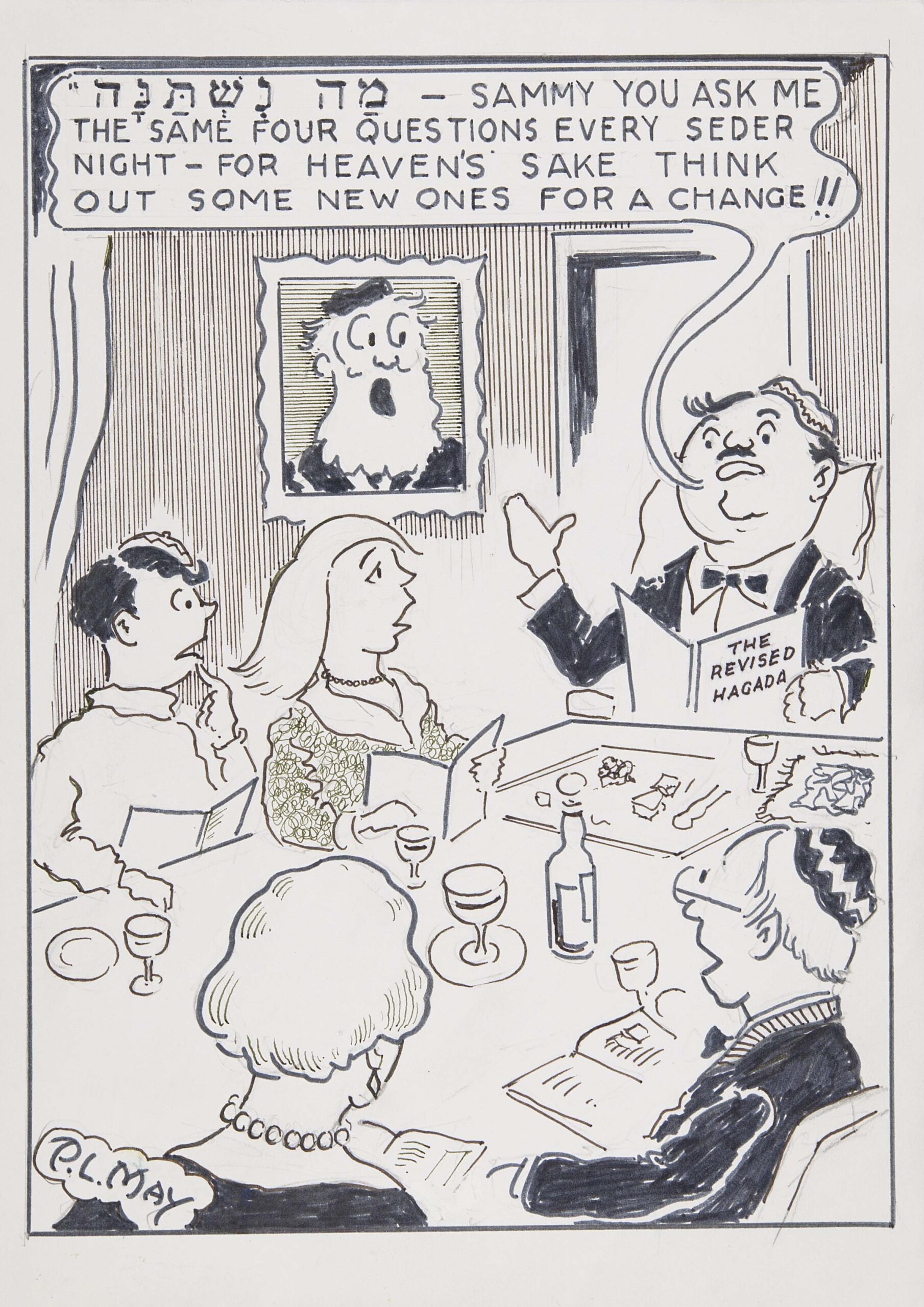
Fig. 3 – 2017.37.6. A cartoon by Phineas May depicting a Seder on Pesach.
Now that we have explored how the cartoonists’ backgrounds encouraged their humorous styles, it is appropriate to examine the various methods used by each cartoonist to create humour. One such method would be the exaggerated nature of certain details in some of the cartoons. This is used in the cartoon by Phineas we just saw, Figure 3, where Phineas has everyone’s mouth agape in response to the Seder leader, with the son Sammy putting his finger on his chin. Even the portrait on the wall is shocked, maximising the unexpected absurdity, and therefore the comedy, of this scenario. Phineas could however still implement some realism into his cartoons, such as Figure 4, in which he uses mixed media, by using a real image of a chair instead of drawing it, and this assists the cartoon in being a parody of Mastermind.
While Toby’s cartoons certainly have a more subtle tone overall, tending to focus on everyday life in the East End in the 1940s, he did use exaggeration, albeit sparingly, such as in Figure 1 (back to the beginning I’m afraid), as Toby has Shimshee sweat excessively, emphasising the oddness of a toddler working in a garment factory. Another comedic detail used in Figure 1, as well as in Toby’s other cartoons including the below Figure 5, is that Shimshee consistently wears shoes which are far too big for his feet, and the same applies to his oversized fedora hat. These choices make Shimshee’s appearance unique, and humorously reflect his endeavours to act like an adult, one instance being in Figure 5, where he smokes a cigarette while leaning against a column outside Aldgate station. For this scenario, Toby actually has Shimshee instead wear a flat cap more suited to his size, probably to obscure his facial expressions, thereby giving him a stoic appearance and making the overall situation seem even more ludicrous to the audience.
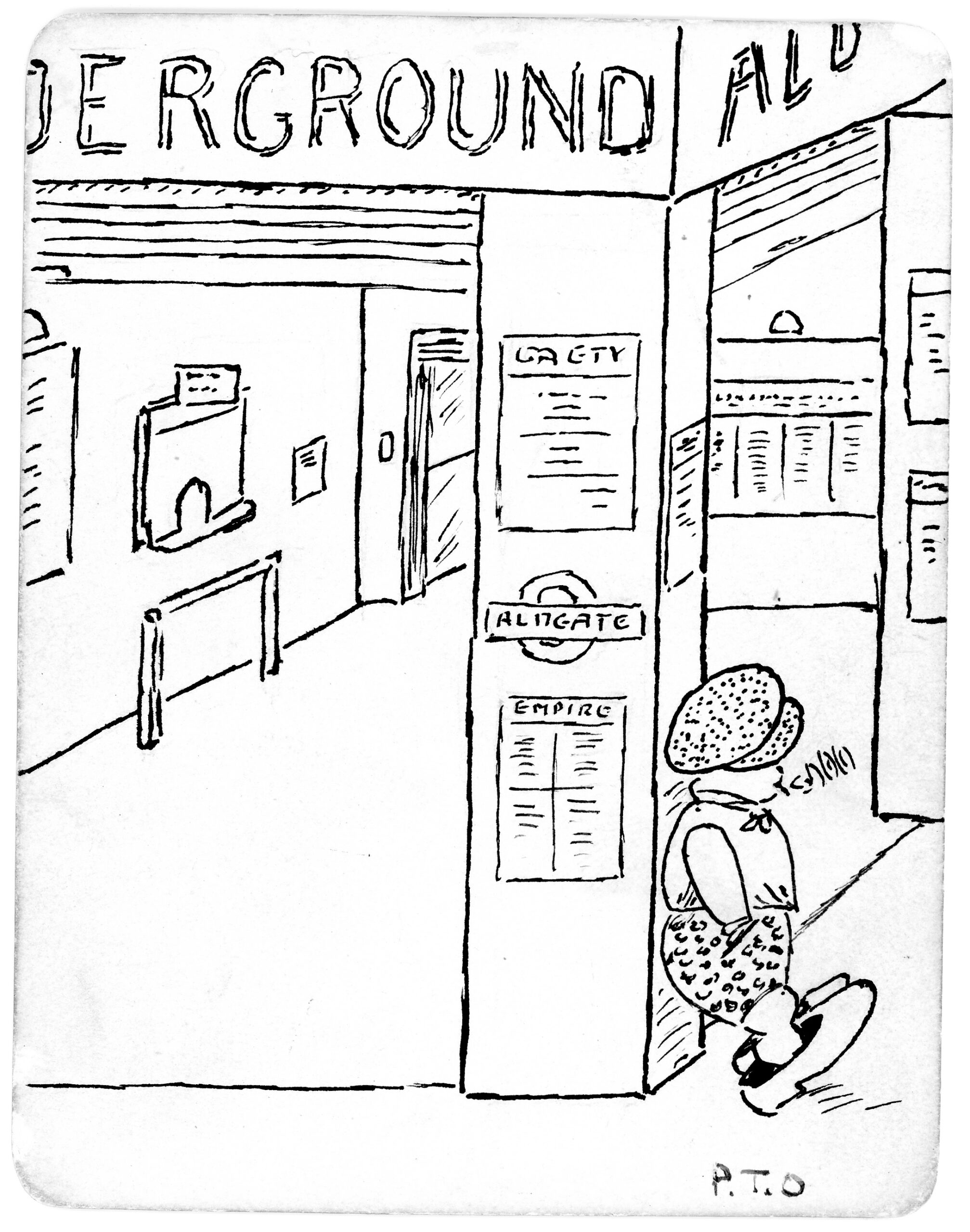
Fig. 5 – 2022.53.19. Cartoon by Toby Goldenberg of Shimshee smoking outside Aldgate tube station, while leaning against a column.
Phineas also makes use of facial expressions (or lack thereof) to create humour in his cartoons. This is evident in Figure 6, in which he has a man on the phone, with his wife behind him, and Phineas has the man appear quite condescending in expression, which matches his extravagant jacket, giving the idea of a man who is quite proud and steadfast in what he does. This is in hilariously sharp juxtaposition to his words: although he claims that it is important for him to stay at a “strictly kosher hotel”, he then asks the hotel to “please assure us that only brown bread is served during Pesach”, when in reality the prohibition refers to far more than brown bread. Hence, Toby and Phineas utilise different kinds of contrasts in their works: Toby has Shimshee act and dress in a manner which is contrary to his age, while Phineas contrasts a character’s speech bubble with their appearance.
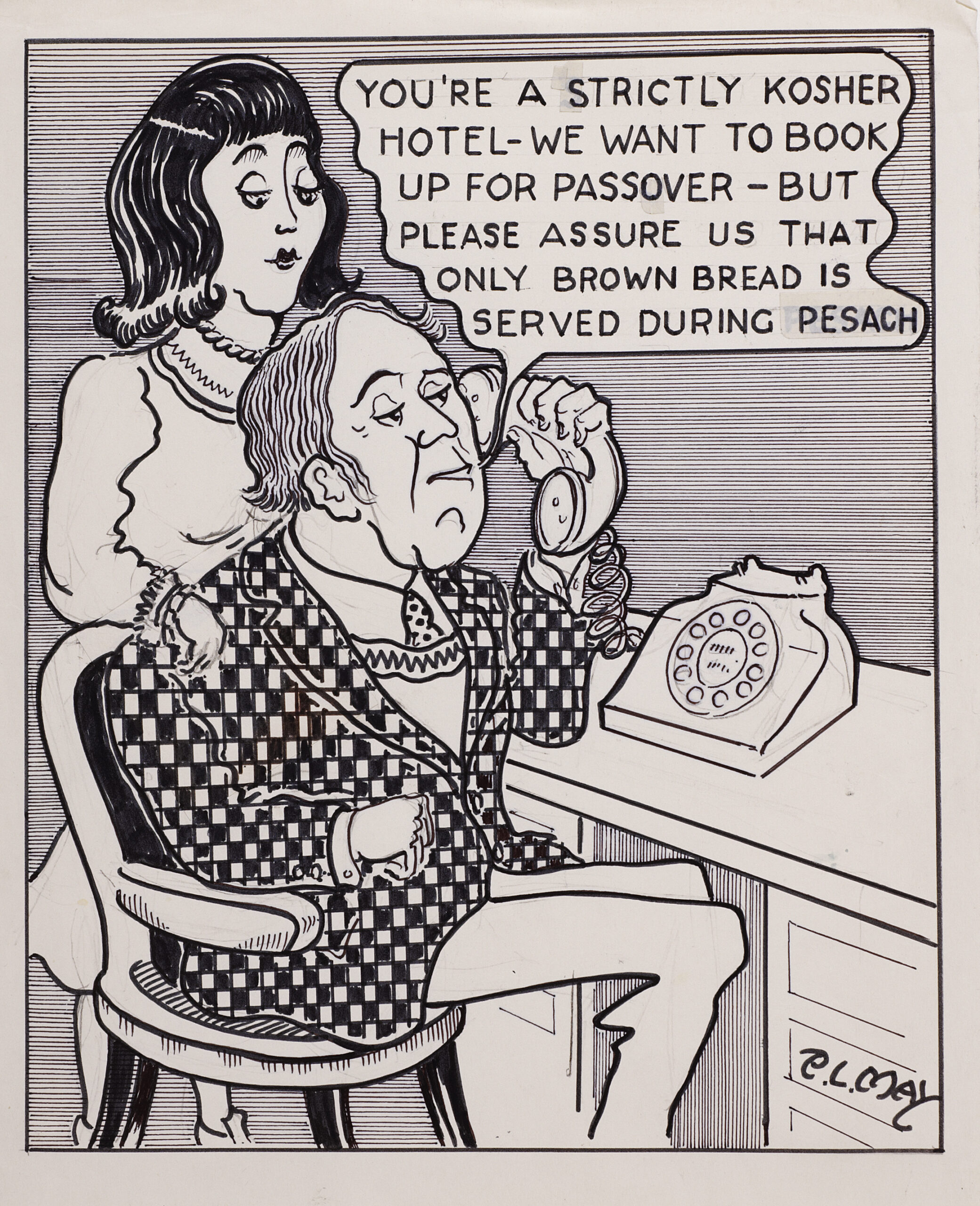
Fig. 6 – 2017.37.19. Cartoon by Phineas May of a man on the phone, his wife behind him, asking a confusing question about Pesach.
Phineas can also simply place emphasis on the speech bubbles themselves to create humour, such as in Figure 7, where a Rabbi receives “an urgent call from the hospital – they’ve run out of sleeping tablets – could you possibly give a sermon in B Ward at ten tonight?” This punchline is effective because it teases how sermons can be sometimes tedious, and does so in a fashion where everyone can relate to it, regardless of one’s connection to Judaism. The humour of this situation is primarily created by the written joke, although Phineas maximises the impact of these words by having the wife relay the message instead of the Rabbi himself, as it lets us anticipate the Rabbi’s (most likely shocked) reaction to this request. Spoken speech is also occasionally used by Toby, although he uses it in a more minimalist manner, conveying it via short captions rather than in speech bubbles. One example of this is in Figure 8, a scenario that has Shimshee use a chamber pot as a toilet, and while sitting on it, he is smoking and reading the sports section of a newspaper, titled “Sporting Life” and “Greyhound Results”, yet another instance of acting like an adult. He speaks just two words, a sign of his age yet his choice of words nonetheless presents him as composed: “Finished Mum”, before his mother, hidden from view to maintain focus on Shimshee, replies “Nuh” while holding out toilet paper.
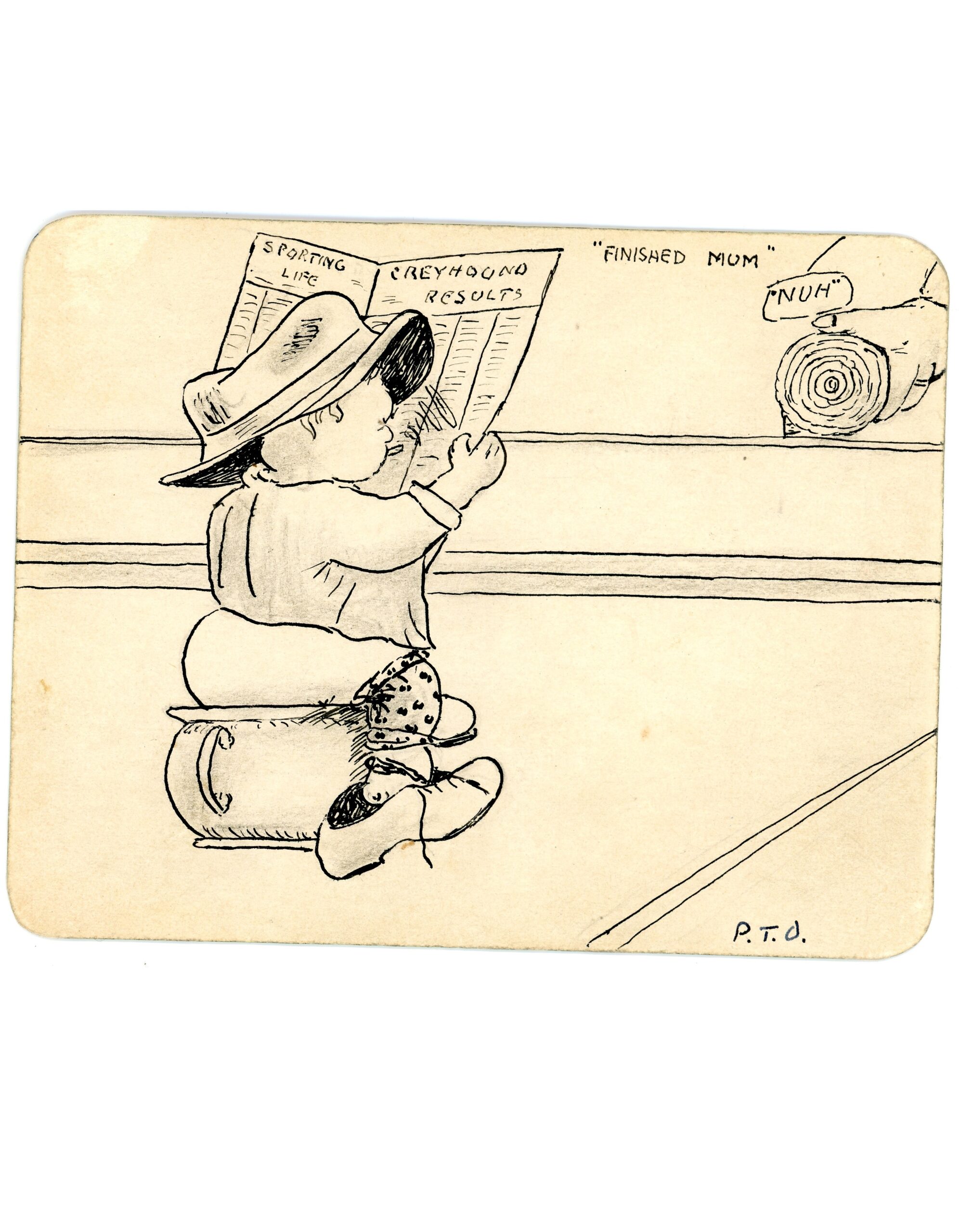
Fig. 8 – 2017.53.28. Cartoon by Toby Goldenberg, of Shimshee reading the sports section of a newspaper while on the toilet.
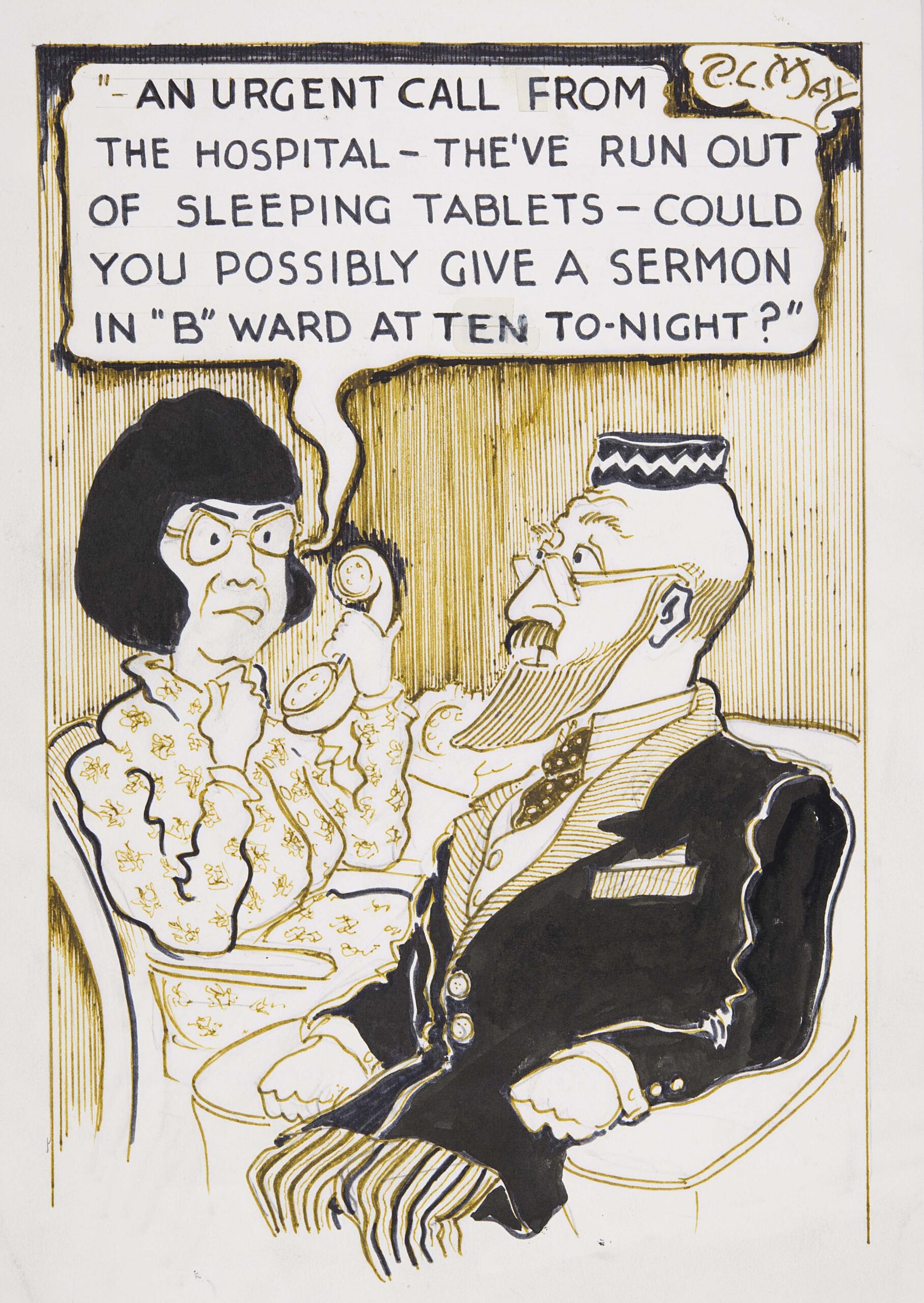
Fig. 7 – 2017.37.12. Cartoon by Phineas May of a Rabbi being asked by a hospital to give a sermon as a sleeping aid, relayed by his wife.
Before we finalise our findings regarding the contexts and techniques of certain Jewish humorous cartoons, I want to explain why I chose to study these cartoons. I did so partly because I have always had an interest in the art form of cartoons/comics, having been a huge fan of Tintin and Asterix since childhood, as well as having an incredible cartoonist for a brother of whom I’m proud, and even my dissertation’s topic was visual narrative, focusing on Trajan’s Column and the Tabulae Iliacae. But I also picked the cartoons of Toby and Phineas as their humour held up well, as did their art styles, and it was interesting to see how two cartoonists, who had both served in the gruelling World War II, managed to produce such side-splitting and expressive cartoons which likely served as a coping mechanism for each of them. This article is a culmination of my Collections Placement at the Museum, which I have gained much experience from and thoroughly enjoyed, enabling me to be part of the collections audit, a project that aims to examine each of the 40,000 objects originating from many different time period and places.
In conclusion, from examining the two groups of cartoons by Toby and Phineas, we have learnt that humanity’s purposes of humour include: the use of it as a form of both physical and psychological therapy (especially post-war), as well as a determination to entertain and comfort family and friends, the convoluted and quirky nature of some aspects of Jewish culture, and finally that humour is simply an impressive means of applying one’s creativity. As for the techniques commonly used in Jewish humour, we have found that they consist of: an exaggerated and satirical tone, although occasionally more realistic, mixed media, character appearances, relatability, facial expressions, spoken speech, juxtaposition, anomalies and contradictions, often in regard to character appearances and known Jewish customs.
Bibliography and further reading
The Kitchener Camp: https://wienerholocaustlibrary.org/exhibition/the-kitchener-camp/
Phineas Leopold May: https://benuri.org/artists/94-phineas-leopold-may/overview/